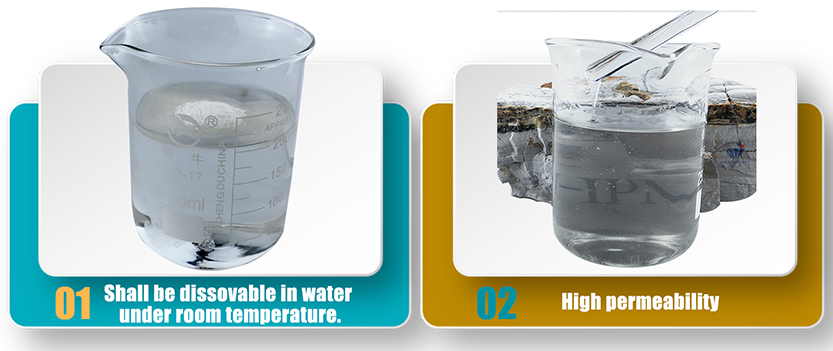
Nov . 01, 2024 17:20 Back to list
Applications and Properties of Hydroxyethyl Cellulose in Modern Industries and Research
Understanding Hydroxyethyl Cellulose Properties and Applications
Hydroxyethyl cellulose (HEC) is a non-ionic, water-soluble polymer derived from cellulose, a natural polymer found in the cell walls of plants. It plays a significant role in various industries due to its versatile properties, including thickening, emulsifying, and stabilizing capabilities. HEC is widely used in applications ranging from pharmaceuticals and cosmetics to food products and construction materials.
One of the primary attributes of hydroxyethyl cellulose is its ability to enhance the viscosity of solutions. This feature makes it particularly valuable in the cosmetic industry, where it is used in creams, lotions, and gels to improve texture and spreadability. Its film-forming properties also contribute to its effectiveness in skin formulations, providing a smooth, protective layer that helps retain moisture.
In the pharmaceutical field, HEC serves as a thickening agent and stabilizer in various drug formulations. Its biocompatibility ensures that it can be used safely in products intended for human consumption, either topically or through oral administration. HEC is often found in suspensions and gels, where it helps maintain the desired consistency and stability, ensuring effective delivery of active ingredients.
hydroxyethyl cellulose

The food industry also benefits from hydroxyethyl cellulose
. It is used as a food additive to improve texture and moisture retention in various products, including baked goods, sauces, and dressings. HEC can help enhance the mouthfeel of low-fat or reduced-calorie products, ensuring that they still provide a satisfying sensory experience to consumers.Moreover, hydroxyethyl cellulose has applications in the construction industry, where it is utilized as a thickening and water-retention agent in cement, mortars, and tile adhesives. Its ability to retain water aids in the workability of these materials, allowing for better application and adhesion while also contributing to the durability of the final product.
Environmental concerns have also led to increased interest in HEC, as it is derived from renewable resources. Its biodegradability makes it an attractive alternative to synthetic polymers, especially in the context of sustainability and eco-friendliness. As more industries seek to minimize their environmental impact, the use of HEC is likely to grow.
In conclusion, hydroxyethyl cellulose is a multifunctional polymer with diverse applications across various sectors. Its unique properties, such as viscosity enhancement and emulsification, make it indispensable in cosmetics, pharmaceuticals, food products, and construction materials. As industries continue to evolve and adapt to new challenges, HEC remains a valuable ingredient, offering effective solutions while promoting sustainability.
-
Versatile Hpmc Uses in Different Industries
NewsJun.19,2025
-
Redispersible Powder's Role in Enhancing Durability of Construction Products
NewsJun.19,2025
-
Hydroxyethyl Cellulose Applications Driving Green Industrial Processes
NewsJun.19,2025
-
Exploring Different Redispersible Polymer Powder
NewsJun.19,2025
-
Choosing the Right Mortar Bonding Agent
NewsJun.19,2025
-
Applications and Significance of China Hpmc in Modern Industries
NewsJun.19,2025







